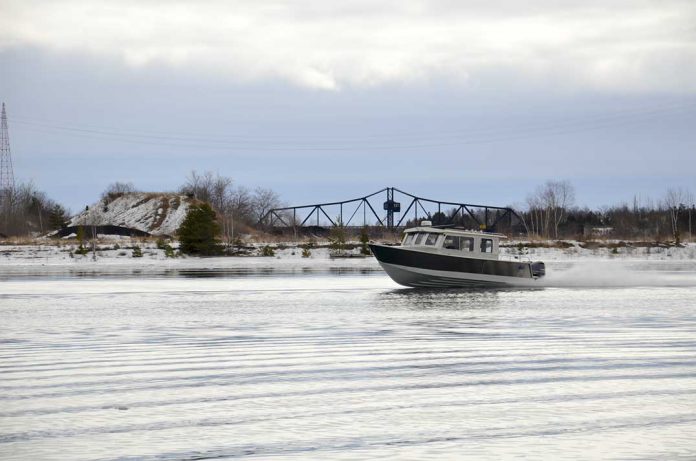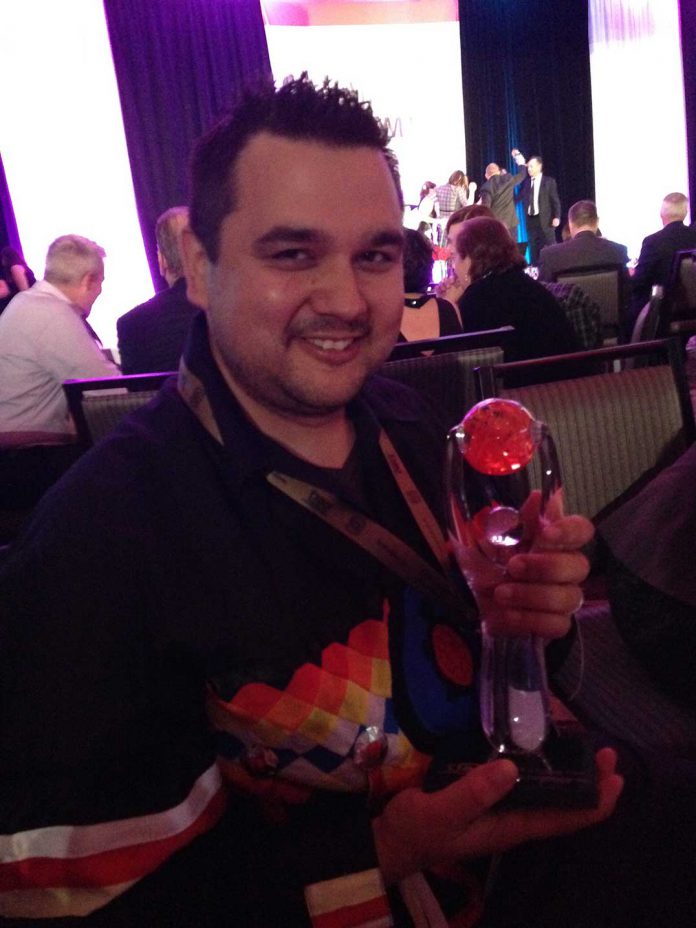A call for Anishinaabe-kwe to resist being forced from their homes
To the Expositor:
March 8 is International Women’s Day. The United Nations’ theme for 2018 is ‘Time is Now: Rural and urban activists transforming women’s lives.’ The UN will bring attention to the rights and activism of rural women, who form a majority of the 43 percent of women in the agricultural labour force worldwide. Rural women also make up over a quarter of the world population, 1.9 billion in a world population of 7.6 billion people. There are 370 million indigenous people around the world.
Closer to home, Statistics Canada states that aboriginal females make up four percent of the total female population in Canada. In 2011, there were 718,500 aboriginal women and girls in Canada, of whom 61 percent were First Nations. By 2011, 36 percent or 158,240 First Nations women and girls were living on reserves. The aboriginal female population grew by 20 percent between 2006 and 2011, and could increase to between 987,000 and 1,316,000 by 2036.
The aboriginal female population is younger than the non-aboriginal female population, due to higher fertility rates and shorter life expectancies. In 2011, the median age of aboriginal females was 29.1 years, compared to 26.1 years for aboriginal men, and a median age of 41.5 years for non-aboriginal women.
Aboriginal women in Canada are at a higher risk of experiencing violence than non-aboriginal women, according to a 2014 RCMP report. In 2011, aboriginal women made up approximately 11.3 percent of the total number of missing women, while they represent only four percent of all women in Canada. Between 1980 and 2012, aboriginal women were over-represented in the number of female homicides, with 16 percent of all female homicides perpetrated against aboriginal women. A 2014 General Social Survey indicated that violent victimization rates were higher among aboriginal females. Aboriginal females experienced sexual assaults at a rate of 115 incidents per 1,000 population, much higher than the rate of 35 per 1,000 for non-aboriginal females. Aboriginal identity remained a significant factor for victimization among women even when controlling for other risk factors.
The United Nations Convention on the Elimination of All Forms of Discrimination against Women became effective in 1981. As of 2017, 188 states were parties to the Convention, including Canada, giving it the status of customary international law. General Recommendation No. 19 sets out clearly that all forms of violence against women are prohibited.
General Recommendation 19, speaks of “traditional attitudes by which women are regarded as subordinate to men or as having stereotyped roles perpetuate widespread practices involving violence or coercion, such as family violence and abuse. The effect of such violence on the physical and mental integrity of women is to deprive them the equal enjoyment, exercise and knowledge of human rights and fundamental freedoms.”
The Convention on Elimination of all Forms of Discrimination Against Women (CEDAW) recommends that states should adopt “appropriate and effective measures to overcome all forms of gender-based violence whether by private or public act.” The object and purpose of the Convention contains this statement: “The position of women will not be improved as long as the underlying causes of discrimination against women, and of their inequality, are not effectively addressed.” The obligations of states are also clearly described: “States parties have an obligation not to cause discrimination against women through acts or omission; they are further obliged to react actively against discrimination against women, regardless of whether such acts or omissions are perpetrated by the state or by private actors.”
I have been discriminated against regarding my human right to home and land and have made a formal complaint to the United Nations, invoking the Convention on the Elimination of All Forms of Discrimination Against Women (CEDAW). Article 14 2. (g) provides for… “equal treatment in land and agrarian reform as well as in land resettlement schemes.”
Anishinaabe-kwek, if you are being, or have been, forced from your home and homeland, resist. Find other Anishinaabe-kwek, form alliances and organize to retain your human rights to secure indigenous land tenure on indigenous homelands. Na haaw, mii sa iw.
Marie McGregor Pitawanakwat
Whitefish River First Nation




